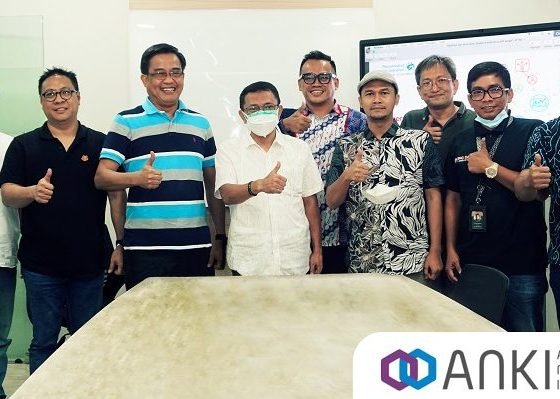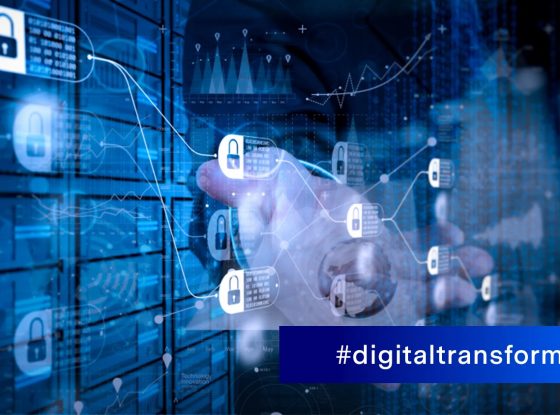G Global Trends: Smart Logistics

At Spark we are starting to think about future product solutions for our business customers in a 5G-capable New Zealand. Each month we’ll share with you some of the global trends that are most relevant to Aotearoa. Spark’s Innovation Lead Joseph Wong shares his insights on Smart Ports.
Ports link vessels and goods with importers and exporters and are critical to the economy. 90% of global trade is done by sea, seaports around the world process over 10 billion metric tons of goods in more than 800 million cargo containers each year. Check out the OECD report
In a globalised economy, goods need to move faster and be more reliable for a country / city to be competitive. Especially in the past three years, COVID has truly tested the global supply chain. Smart ports may be able to recover faster than traditional ports.
In less than 10 years, vessels are expected to sail autonomously. Therefore becoming smart is no longer just an option, but necessary to support future demands in the shipping market. Read about the first autonomous container ship
Delays in overseas ports due to lockdown, staff shortages, and the lack of digitalisation have costed our local economy by the inability to process and clear a backlog of containers quickly. Coupled with ongoing health and safety risks we believe there are a number of applicable solutions we can help support.
As a digital provider, we can play an important role in educating and supporting your digitisation journey. We look forward to engaging with our port customers to work through use cases and digitally transform the industry in coming years.
What is a Smart Port?
Smart Ports are green, digital, and more connected to logistics and industrial environments. They are automated ports leveraging technologies (Big Data, Artificial Intelligence (AI), Internet of Things (IoT), and 4G/5G) and real time data (via IoT). This can achieve better productivity, security, health & safety outcomes, and energy saving while caring more for the environment.
In many places, the Smart Ports are set up as entire communities and ecosystems. Communities are considered a key stakeholder of their operations and are fully integrated with other smart city applications. During operation, Smart Ports share information in real time with upstream (shipping lines and customers) and downstream (logistic companies) partners to allow the supply chain to run smoothly, and the goods delivered on time. Learn about Smart Ports
Use cases for Smart Ports
There are many use cases within a Smart Port. Most ports start by digitalising their existing operation, creating the central hub which forms the “brain” of the operation via the use of Big Data, and AI/ML. The next step is to deploy a scalable and future-proof network (4G/5G). This is the “nervous system” for the port, bringing in even more data via IoT, in real time with improved reliability, accuracy and latency. Once both the “brain” and the “nervous system” are in place, the port can then start targeting individual use cases. It can also automate physical operations in order to carry out tasks with improved speed, accuracy, efficiency, and safety. Check out Smart Port use cases
Remote operations
Autonomous gantry, crane and lift drivers typically work long shifts in a harsh environment, which can lead to OSH risks. Many of the manufacturers of these vehicles are now offering remote controlled options to address this issue. Other benefits include predictive maintenance, improved productivity, and controlling units simultaneously.
Inventory optimisation
With the proliferation of IoT sensors and cameras, it is now possible for a port to create a digital twin of their environment. Coupled with AI and machine learning, the port can optimise their operation. This includes offloading goods from ships to selecting storage location and transporting goods to inland destinations. These goods and containers can be measured and tracked for their customers.
Health & safety
As the traffic flow is optimised, vehicle idle and wait times are also minimised which in turn reduces carbon emissions. Cameras enable real time image analysis allowing hazards to be identified and alarms to be activated, creating a much safer environment.
Source : spark.co.nz



